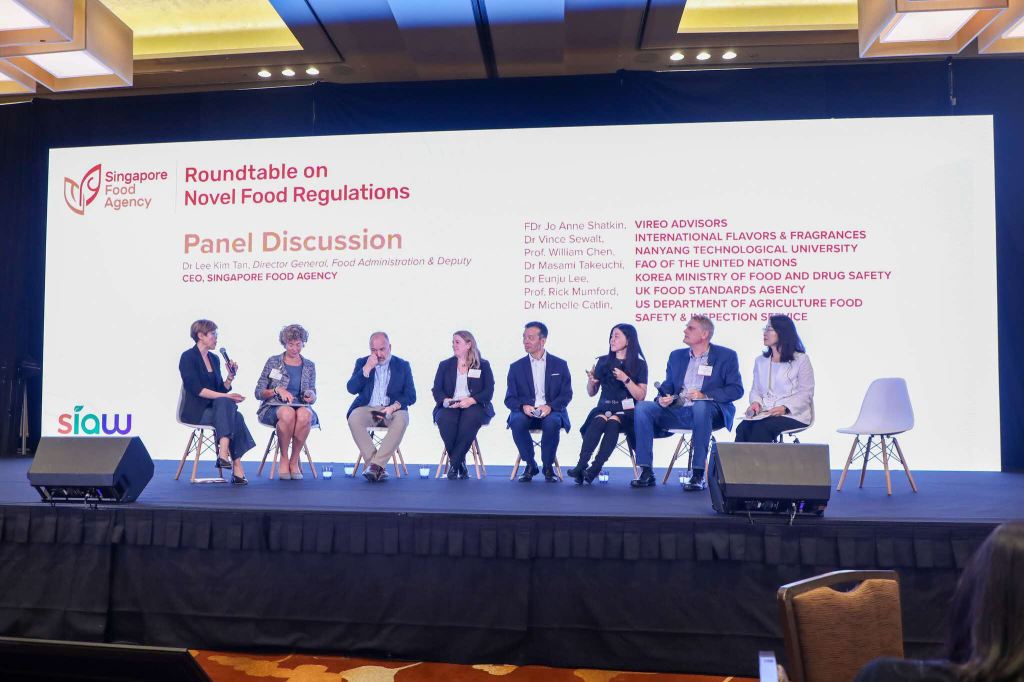Non-profit Cellular Agriculture Australia (CAA) has released a language guide of cellular agriculture terminology developed in consultation with stakeholders throughout the ecosystem.
The language guide was developed in response to a wide discrepancy and inconsistency in the terminology used within the cell ag sector, which extends to even the fundamental definition of “cellular agriculture”.
CAA notes that language used regarding plant-based or cultivated meat products can often be overly technical, inflammatory, and derogatory. It hopes that the guide – the product of extensive secondary research and consultation with industry, academia, and other enablers from across APAC – can assist cell ag companies in their marketing and branding works.

The release of the language guide comes at a critical juncture for the Australia cell ag sector, with cultivated meat company Vow undergoing the country’s first assessments and other companies preparing to submit their dossiers in 2024.
“The importance of clear, consistent and accurate language cannot be overstated. It plays a crucial role in our ability to build familiarity and trust in the cellular agriculture sector. This is also essential to minimise unnecessary scepticism and criticism generated from inconsistent and inappropriate language,” said Sam Perkins, CEO of CAA.

The FAO/WHO recently called for urgent action to harmonise language used for cell ag topics. The urgency of the issue was reflected in the recent signing of regional nomenclature agreement in which over 30 industry stakeholders including CAA aligned on the term “cultivated” for cell ag production.

The sector has heretofore gone through a wide number of naming conventions such as “lab grown” or “clean meat”.
“Words have power,” says language guide contributor and Associate Professor Sensory and Consumer Science at Deakin University, Gie Liem. “They shape the consumers’ expectations and sensory experiences of various products. I have witnessed this phenomenon across a diverse range of products and consumers.”
Liem added that he was impressed by the multidisciplinary collaboration amongst the different stakeholders involved in the language guide project, which included legal experts, food scientists, and consumer experts.
CAA noted that it is also currently developing a series of resources aimed at specific stakeholder groups including media and relevant government departments and agencies.
The language guide can be accessed at this link.
To stay up-to-date on the latest industry headlines, sign up to Future Alternative’s enewsletter.
Posted on:


